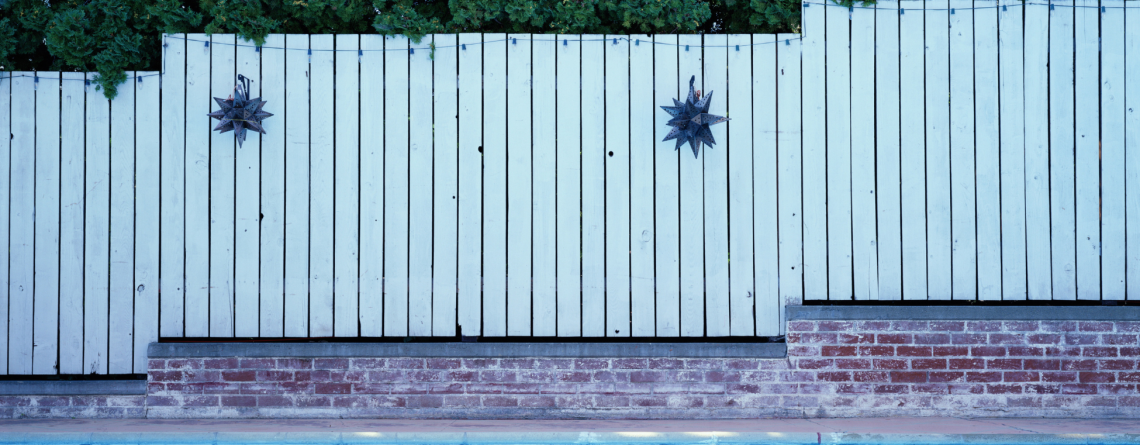An Ounce of Prevention – Home Safety Edition Part IV
This is part of my series on home safety, and it continues on last week’s theme of protecting kids. Previously, I talked about indoor hazards. This week, I’ll talk about outdoor hazards and gun safety.
Once kids get into the yard, dangers abound: power tools, sharp objects, low-hanging branches leading to tall trees from which to fall, ladders and trellises that provide access to the roof. Really, the options are endless.
Even when you think you’ve got it covered, you may not. I don’t know if you’ve ever noticed, but when fences come to a corner, they are often reinforced with a diagonal bar. Well, for my son Danny at the age of four (the escape artist I mentioned last week), that bar was his ticket out. He used it as a ramp to climb over the fence. I had to put plywood over the bar so Danny couldn’t get enough purchase to climb over and hightail it out of there.
Sometimes fences are meant to keep people in. Other times, they’re meant to keep people out. If you have a swimming pool, one of the best ways you can prevent kids from falling in is with a sturdy, hard-to-climb fence.
As of 2018, California pool owners must install at least two of the seven safety features below to reduce the risk of drowning.
- Permanent enclosure (fence, wall, or other barrier) that isolates a pool from access to the home;
- Mesh fencing with self-closing and self-latching gates;
- A compliant pool cover (i.e., one that supports 485 pounds–the approximate weight of two adults and a kid);
- Exit alarms on any doors from your home that provide direct access to the pool;
- Self-closing, self-latching devices on any door from your home providing direct access to the pool;
- A pool alarm that, when placed in a pool, will sound if it detects accidental or unauthorized entrance into the water; and
- Other means of protection, as long as they provide protection equal to or greater than that provided by the features above (these require approval by American Society for Testing and Materials or the American Society of Mechanical Engineers).
While pools pose a serious risk to children outside, guns pose a serious risk to children inside. If you are a gun owner, it is incumbent upon you to make sure the weapon is secure, which means keeping it in a locked gun case or a gun safe, ideally one that is affixed to the property such as a floor safe sunk in concrete or a wall safe bolted to the wall). Weapons should be stored unloaded and I recommend all children in rural areas be required to complete a gun safety course at some point.
Even if you do not have guns in your home, we live in a rural area and many people have them. It is important for children to know basic gun safety so they can protect themselves and their peers, potentially preventing the accidental discharge if they end up in the presence of gun.
If you have questions about property management or real estate, please contact me at rselzer@selzerrealty.com or call (707) 462-4000. If you have an idea for a future column, share it with me and if I use it, I’ll send you a $25 gift certificate to Schat’s Bakery.
Dick Selzer is a real estate broker who has been in the business for more than 45 years.






